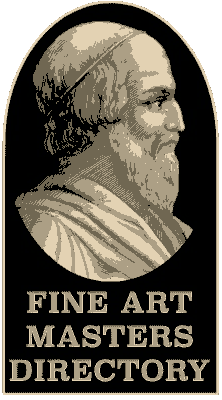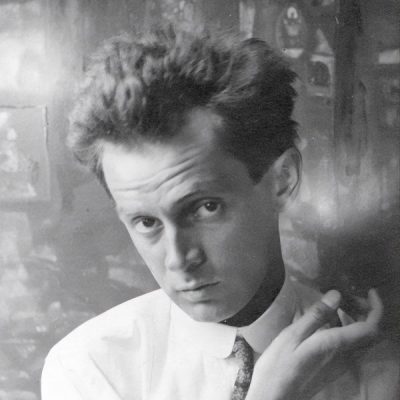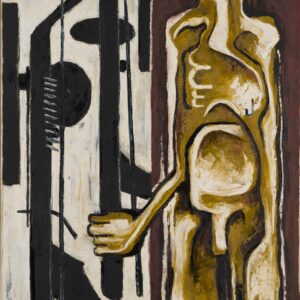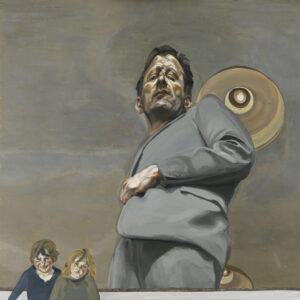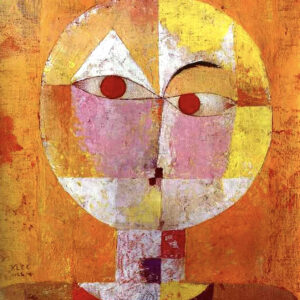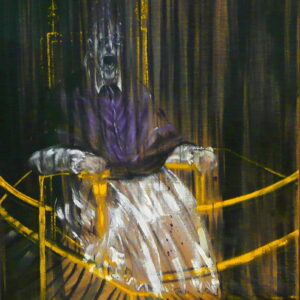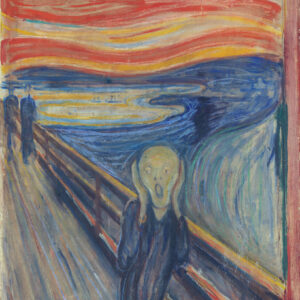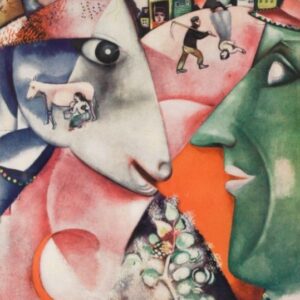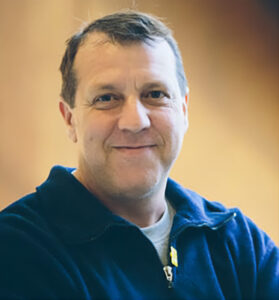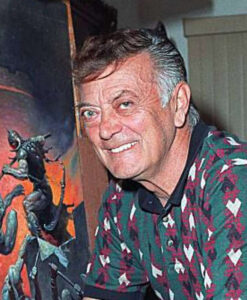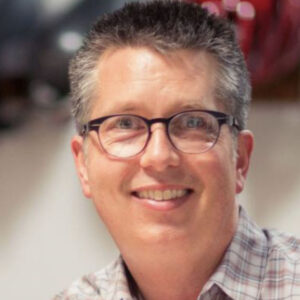Egon Leo Adolf Ludwig Schiele ; 12 June 1890 – 31 October 1918) was an Austrian Expressionist painter. A protégé of Gustav Klimt, Schiele was a major figurative painter of the early 20th century. His work is noted for its intensity and its raw sexuality, and the many self-portraits the artist produced, including nude self-portraits. The twisted body shapes and the expressive line that characterize Schiele’s paintings and drawings mark the artist as an early exponent of Expressionism.
Klimt and first exhibitions
In 1907, Schiele sought out Gustav Klimt, who generously mentored younger artists. Klimt took a particular interest in the young Schiele, buying his drawings, offering to exchange them for some of his own, arranging models for him and introducing him to potential patrons. He also introduced Schiele to the Wiener Werkstätte, the arts and crafts workshop connected with the Secession. Schiele’s earliest works between 1907 and 1909 contain strong similarities with those of Klimt,[5] as well as influences from Art Nouveau.[6] In 1908 Schiele had his first exhibition, in Klosterneuburg. Schiele left the Academy in 1909, after completing his third year, and founded the Neukunstgruppe (“New Art Group”) with other dissatisfied students. In his early years, Schiele was strongly influenced by Klimt and Kokoschka. Although imitations of their styles, particularly with the former, are noticeably visible in Schiele’s first works, he soon evolved his own distinctive style.
Klimt invited Schiele to exhibit some of his work at the 1909 Vienna Kunstschau, where he encountered the work of Edvard Munch, Jan Toorop, and Vincent van Gogh among others. Once free of the constraints of the Academy’s conventions, Schiele began to explore not only the human form, but also human sexuality. Schiele’s work was already daring, but it went a bold step further with the inclusion of Klimt’s decorative eroticism and with what some may like to call figurative distortions, that included elongations, deformities, and sexual openness. Schiele’s self-portraits helped re-establish the energy of both genres[clarification needed] with their unique level of emotional and sexual honesty and use of figural distortion in place of conventional ideals of beauty. He also painted tributes to Van Gogh‘s Sunflowers as well as landscapes and still lifes.[7]
In 1910, Schiele began experimenting with nudes and within a year a definitive style featuring emaciated, sickly-coloured figures, often with strong sexual overtones. Schiele also began painting and drawing children.[8] Schiele’s self portrait, Kneeling Nude with Raised Hands (1910), is considered among the most significant nude art pieces made during the 20th century.[by whom?] Schiele’s radical and developed approach towards the naked human form challenged both scholars[who?] and progressives alike. This unconventional piece and style went against strict academia and created a sexual uproar with its contorted lines and heavy display of figurative expression.[citation needed] At the time, many[who?] found the explicitness of his works disturbing.

Egon Schiele photographed by Anton Josef Trčka, 1914
From then on, Schiele participated in numerous group exhibitions, including those of the Neukunstgruppe in Prague in 1910 and Budapest in 1912; the Sonderbund, Cologne, in 1912; and several Secessionist shows in Munich, beginning in 1911. In 1911, Schiele met the seventeen-year-old Walburga (Wally) Neuzil, who lived with him in Vienna and served as a model for some of his most striking paintings. Very little is known of her, except that she had previously modelled for Gustav Klimt and might have been one of his mistresses. Schiele and Wally wanted to escape what they perceived as the claustrophobic Viennese milieu, and went to the small town of Český Krumlov (Krumau) in southern Bohemia. Krumau was the birthplace of Schiele’s mother; today it is the site of a museum dedicated to Schiele. Despite Schiele’s family connections in Krumau, he and his lover were driven out of the town by the residents, who strongly disapproved of their lifestyle, including his alleged employment of the town’s teenage girls as models. Progressively, Schiele’s work grew more complex and thematic, and he eventually would begin dealing with themes such as death and rebirth.[9]
